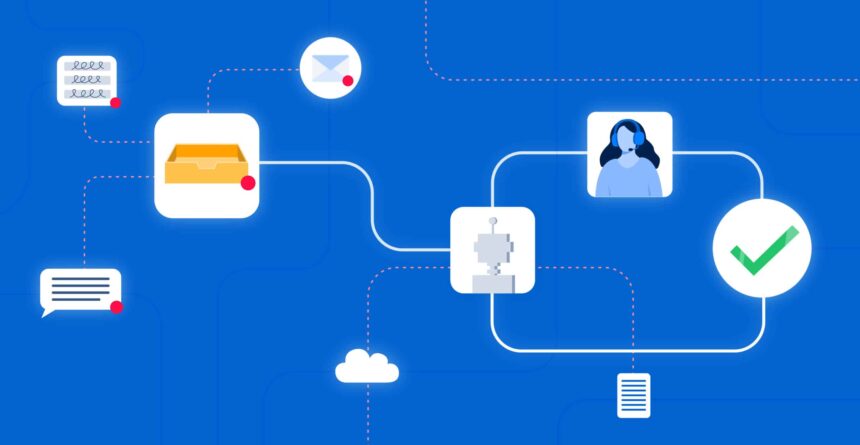Most ticketing systems create more work than they solve. Users hate them. IT teams dread them. Managers use them to assign blame instead of fixing problems.
Yet every organization keeps buying more sophisticated ticketing tools, hoping the next upgrade will finally make everything work smoothly. The real issue isn’t the software—it’s how we think about IT service management.
What ITIL actually teaches us
The process trap
ITIL gets blamed for creating bureaucracy, but that’s missing the point entirely. The framework never said “make users fill out 17 fields before they can report a broken printer.”
What ITIL emphasizes is understanding how work flows through your organization. When someone reports a problem, what happens next? Who gets involved? How do you prevent the same issue from happening again?
Most organizations skip this thinking part and jump straight to buying ticketing software. Then they wonder why their new system feels like digital paperwork instead of actual problem-solving.
The service mindset shift
ITIL pushes organizations to think about services, not just technology. When marketing can’t access the customer database, they don’t care about server specifications or network latency. They need to reach their customers.
Your ticketing system should capture this service perspective. Instead of technical jargon, tickets should describe business impact. Instead of endless categories, they should route problems to people who can fix them.
How ticketing systems go wrong
The black hole effect
Tickets disappear into systems never to be seen again. Users submit requests and get automated responses that mean “we’ll get to it eventually.” Meanwhile, the same problems keep happening because nobody tracks patterns or fixes root causes.
This happens when organizations treat their ticketing system like a filing cabinet instead of a workflow tool. Tickets get categorized, assigned, and forgotten. The system becomes a way to document problems rather than solve them.
The escalation maze
Complex approval chains and endless escalation rules turn simple requests into month-long adventures. Users learn to work around the system entirely, which defeats the whole purpose of having one.
ITIL suggests clear escalation paths, but that doesn’t mean every password reset needs three approvals. It means knowing when escalation actually helps and when it just adds delays.
Making ticketing systems work better
Start with user experience
Your ticketing system should be easier to use than sending an email. If users need training to submit a ticket, you’ve already lost. Simple forms, clear language, and obvious next steps make the difference between adoption and abandonment.
Watch how people report problems now. Do they call? Send emails? Walk over to someone’s desk? Design your ticketing process around these natural behaviors instead of fighting them.
Connect tickets to outcomes
Every ticket should have a clear resolution, not just a closure. “Ticket closed” doesn’t mean the problem got solved—it might just tell someone gave up.
Track what happens after tickets close. Did the user’s problem get resolved? Are similar issues still happening? This feedback loop turns your ticketing system into a learning tool instead of just a tracking tool.
The bigger picture
Building trust through transparency
Sound ticketing systems make IT work visible to the organization. Users can see progress on their requests. Managers can understand where IT spends time. Everyone knows what to expect and when.
This transparency works both ways. When IT teams see the business impact of technical problems, they make better priority decisions. When users understand why some requests take longer than others, they become partners in the process instead of frustrated customers.
The combination of ITIL thinking and well-designed ticketing systems creates this mutual understanding—but only when both focus on solving real problems instead of just managing them.






